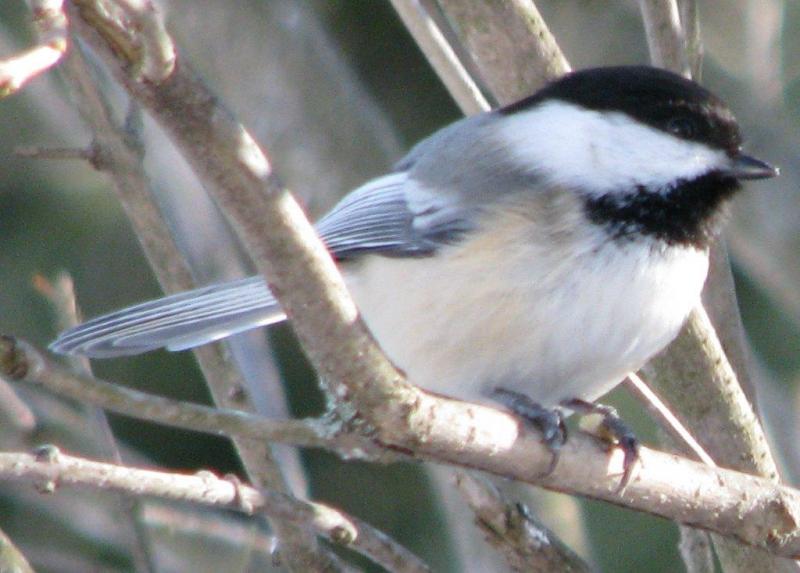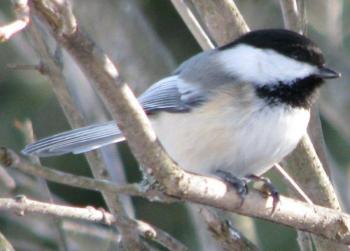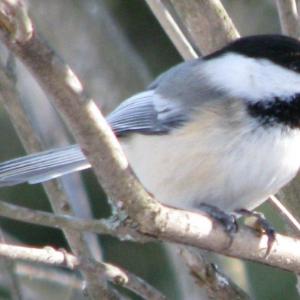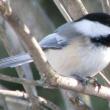Chickadees in spring
Several of our friends commented recently that spring must be on its way. Not because the days are getting longer or the weather gradually milder. What prompted their optimism for the post-winter season was that, more and more, they have been hearing chickadees giving their sweet, cheerful "fee-bee" songs.
Their optimism is not misplaced. The closer winter moves toward the spring breeding season, the more frequently black-capped chickadees sing the "fee-bee" song, probably in response to increasing hormone levels as day length increases.
An increase in singing isn’t the only seasonal change in one of our favorite Maine birds. Anyone who feeds birds probably would agree that chickadees seem to consume an awful lot of seed. And they do, in part because this time of year, about half of their diet is made up of vegetable material including seeds and berries.
And since chickadees flock up in winter, they can seem like a constant, munching (though mood-lifting) presence during the cold months. As spring approaches (and through summer and fall), their diet shifts, consisting of up to 90 percent insects, spiders, and critters they can manage to catch and eat.
By early spring, black-capped chickadees begin dispersing from their winter flocks to set up breeding territories. Once established, the female chooses a suitable nesting site. She may opt for a nest box or an abandoned woodpecker cavity, usually between one and a half and seven meters high.
Both the male and female share excavation duties, shaving out the cavity until it’s about 20 centimeters or so deep. It’s in here that the female builds a cup-shaped nest made of sturdy natural materials that she lines with animal fur, feathers, or similar soft substance.
Amazingly, in this little nest she may lay up to 13 (but 6-8 more commonly) tiny white eggs that are speckled with small reddish spots. Incubation typically lasts about 12 days.
Following the breeding season, black-capped chickadees stick around. Young birds usually leave their parent’s territory but usually stay within a quarter mile from where they were hatched.
In years of especially high reproductive success, some young birds may move great distances in what are referred to as “irruptions,” though black-capped chickadees don’t migrate in the true sense.
Come winter, chickadees come together in flocks, formed around a mated pair and non-breeding birds. These flocks have a dominance hierarchy, undetected by their human hosts but clearly established among the flock, which may include individuals that move among different chickadee flocks, and whose place within the hierarchy may be different in each of the different flocks.
So as spring continues to near, and the chickadees increase their singing, consider the complexities of everything that sweet little "fee-bee" song represents. It’s music to the ears, but so much more.
Dr. Jeff Wells is the senior scientist for the Boreal Songbird Initiative. During his time at the famed Cornell Lab of Ornithology and as the Audubon Society's national bird conservation director, Dr. Wells earned a reputation as one of the nation's leading bird experts and conservation biologists. Jeff's grandfather, the late John Chase, was a columnist for the Boothbay Register for many years. Allison Childs Wells, also formerly of the Cornell Lab of Ornithology, is a widely published natural history writer and a senior director at the Natural Resources Council of Maine. Together, they have been writing and teaching people about birds for decades. The Maine natives are authors of the highly acclaimed book, “Maine's Favorite Birds.”
Event Date
Address
United States






















